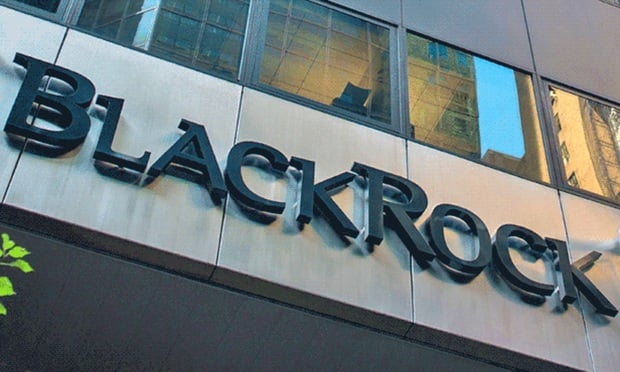The interest rate hike could be a double-edged sword for retirees and for those investing for retirement—but it's not all bad, since although it will be cutting value on outstanding bonds on the one hand, it will be cutting risk on the other.
According to a Money report, while bond funds—a common investment strategy for those nearing and in retirement—have dropped since the Federal Reserve announced its rate hike, with typical core bond funds falling 0.8 percent over the past week, higher yields on newly issued bonds will reward income investors, with the 10-year Treasury now yielding 2.6 percent; back in June, it only returned 1.5 percent.
Recommended For You
The report quoted Roger Aliaga Diaz, Americas chief economist at Vanguard, saying, "For long-term investors, if you reinvest at higher rates over time, the yields can more than make up for capital losses at the front end."
As an example, a one-point increase in rates will mean that a typical short-term bond fund could recover losses in 1.2 years; the Vanguard analysis said that from then on, the investor would be making more as interest rates continue to rise.
An intermediate bond fund, Vanguard found, would take longer—nearly two years—but from then on the investor would be better off.
Short- and intermediate-term bond funds, the report said, offer lower risk at present, with the probability of additional rate hikes in store. That's something investors need to take into account, since sticking with long-term bond funds that could fall farther in price at subsequent rate hikes could inject too much risk into a portfolio.
Sticking with investment-quality bond funds with a mix of corporate and government debt is also a better strategy than chasing the higher returns of junk bonds, since the former will not only provide better returns than just government bonds alone but will also be safer than junk bonds.
Other options include stable-value funds and CDs of varying maturities—the latter of which can be laddered to keep taking advantage of rising interest rates.
But according to a new study, there might not be enough of a lure presented by CDs with higher interest rates—and that in itself may carry its own risk.
In the "Dynamics of Yield Gravity" study from Dr. Dan Geller and Professor Nahum Biger, during the Great Recession and its aftermath, 2008–2012, the average rate of CDs was nearly 5 times that of liquid accounts (checking, savings and money market). However, the amount of bank deposits in CDs decreased by 22 percent, while balances of liquid accounts increased by 78.9 percent.
And that means an entirely different level of risk in times of financial turmoil: that banks may not have enough term liquidity (CDs) on hand during the next financial crisis to comply with the FDIC's latest liquidity requirements. If, when anxiety about money is high, interest rates for CDs aren't attractive enough to lure investors, banks won't be able to satisfy compliance requirements for term deposits.
According to the paper, while "the latest Basel III Revised Liquidity Framework requires banks to maintain some level of their bank deposits for a period of one year and over in order to cover losses from loan defaults and avoid a repeat of the need for a government bailout of banks, … higher interest rates failed to attract term deposits during the Great Recession …, thus placing banks at a greater risk of default during the next major financial crisis."
© Touchpoint Markets, All Rights Reserved. Request academic re-use from www.copyright.com. All other uses, submit a request to [email protected]. For more inforrmation visit Asset & Logo Licensing.






